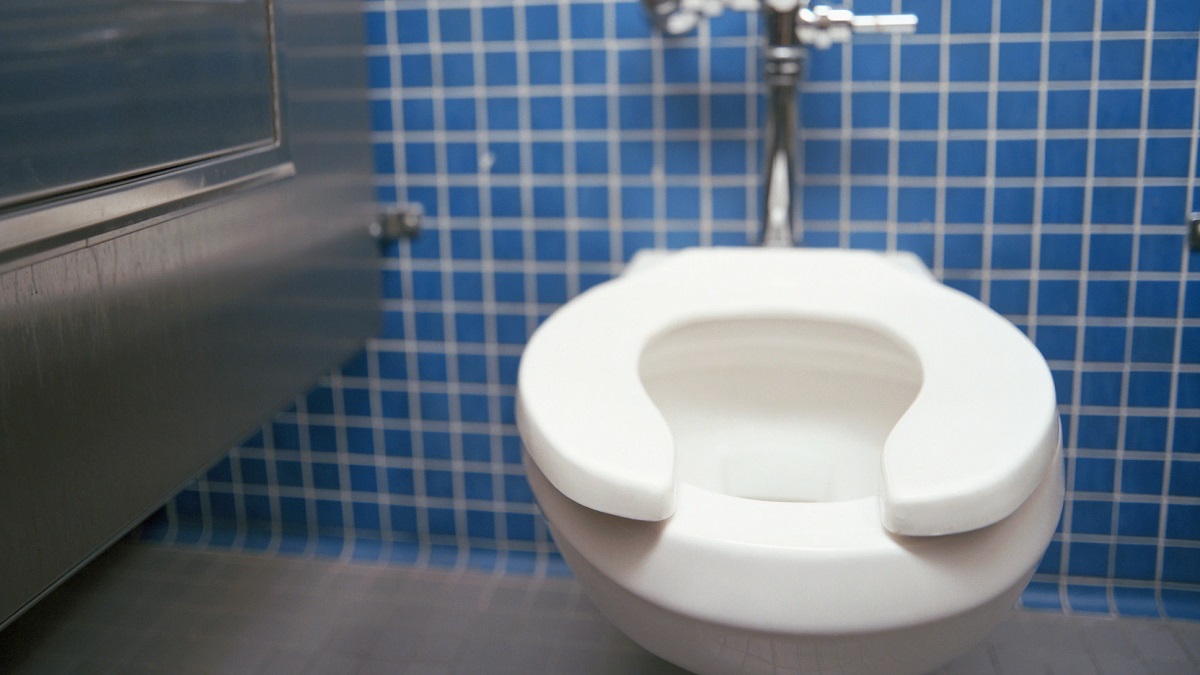

Articles
Toilet Sprays When Flushed
Modified: January 6, 2024
Discover the best articles about toilet sprays when flushed. Find helpful tips, advice, and information from our experts to keep your bathroom fresh and odor-free.
(Many of the links in this article redirect to a specific reviewed product. Your purchase of these products through affiliate links helps to generate commission for Storables.com, at no extra cost. Learn more)
Introduction
Toilet sprays, also known as toilet splashes or toilet aerosols, are a common occurrence in bathrooms around the world. These sprays happen when water and waste in a toilet bowl are forcefully ejected into the air during the flushing process. The resulting spray can disperse droplets that contain bacteria, viruses, and other potentially harmful microorganisms.
While it’s easy to dismiss toilet sprays as a minor inconvenience, they can have a significant impact on hygiene and overall health. Understanding the causes of toilet sprays and taking preventative measures can help minimize their occurrence and reduce the risks they pose.
In this article, we will delve into the world of toilet sprays, exploring their causes, their impact on hygiene, the associated health risks, as well as provide practical tips on how to prevent them. By the end of this article, you will have a clear understanding of the steps you can take to improve bathroom hygiene and minimize toilet sprays.
Key Takeaways:
- Understanding the causes of toilet sprays, such as water pressure and bowl design, can help you take proactive measures to minimize their occurrence and maintain a cleaner and healthier bathroom environment.
- By implementing simple preventative measures like adjusting water pressure, using seat covers, and practicing regular cleaning, you can significantly reduce the health risks associated with toilet sprays and create a more hygienic living space.
Read more: Toilet Noise When Flushing
Understanding Toilet Sprays
Before we explore how to prevent toilet sprays, it’s important to understand the mechanics behind them. When a toilet is flushed, water rushes into the bowl from the tank, creating a powerful vortex. This vortex helps to efficiently remove waste from the bowl. However, the force of the water entering the bowl can also create splashes and sprays.
The main factors that contribute to toilet sprays are the force of the water entering the bowl, the shape and design of the bowl, and the volume and consistency of the waste being flushed. Toilet sprays are more likely to occur when there is a higher water pressure or when a large amount of waste is being flushed.
Additionally, the shape and design of the toilet bowl can also impact the likelihood of sprays. Bowls with steeper angles and narrow bowls are more prone to creating splashes, as they allow for a greater upward dispersal of water and waste.
It’s worth noting that modern toilets are designed with features to minimize toilet sprays. Many toilets now have a glazed surface that helps to reduce the adherence of waste, making it easier to flush away cleanly.
Overall, understanding the mechanics of toilet sprays can help us identify the necessary steps to prevent them from occurring. By addressing the factors that contribute to sprays, we can improve bathroom hygiene and reduce the potential risks.
What Causes Toilet Sprays
There are a few key factors that contribute to the occurrence of toilet sprays. Understanding these causes can help you take the necessary steps to prevent them from happening regularly in your bathroom.
1. Water Pressure: The force at which water enters the toilet bowl during a flush plays a significant role in causing sprays. Higher water pressure can lead to more forceful sprays, dispersing droplets further into the air.
2. Bowl Shape and Design: The shape and design of the toilet bowl can also contribute to toilet sprays. Bowls with steeper angles and narrow designs facilitate the upward dispersal of water and waste, increasing the likelihood of sprays.
3. Volume and Consistency of Waste: The volume and consistency of the waste being flushed can impact the occurrence of toilet sprays. Larger amounts of waste or waste that is more solid in consistency can create more forceful sprays as they are propelled out of the bowl.
4. Toilet Bowl Cleanliness: A dirty toilet bowl with buildup and residue can interfere with the smooth flow of water during a flush. This can lead to turbulence and increased chances of sprays.
5. Inadequate Flushing Mechanism: Older or poorly functioning toilets may not have effective flushing mechanisms, resulting in inadequate water flow. This can cause incomplete flushing and increase the likelihood of sprays during subsequent flushes.
It’s important to note that while these factors contribute to toilet sprays, they can be mitigated through proper maintenance and preventative measures. Regular cleaning and proper waste disposal practices can help reduce sprays and maintain a hygienic bathroom environment.
Impact of Toilet Sprays on Hygiene
Toilet sprays may seem like a minor annoyance, but they can have a significant impact on hygiene in the bathroom. Here are a few key ways that toilet sprays can affect hygiene:
1. Bacterial and Viral Contamination: Toilet sprays can disperse droplets that contain bacteria, viruses, and other microorganisms present in the toilet bowl. These droplets can land on surfaces around the toilet, including countertops, faucets, and even toothbrushes. This can lead to cross-contamination and increase the risk of infections and illnesses.
2. Surface Contamination: The droplets produced by toilet sprays can settle on various surfaces in the bathroom, including floors, walls, and toilet seats. If these surfaces are not regularly cleaned and disinfected, the bacteria and viruses can linger, posing a continued risk to hygiene.
3. Odor Dissemination: Toilet sprays not only disperse microorganisms but also contribute to the spread of unpleasant odors in the bathroom. The particles carried by the sprays can release foul smells, making the bathroom environment less pleasant.
4. Air Quality: When toilet sprays occur, they can affect the overall air quality in the bathroom. The microorganisms and particles present in the sprays can become suspended in the air, potentially compromising the respiratory health of individuals who inhale these contaminants.
5. Psychological Impact: The presence of toilet sprays and the associated hygiene concerns can also have a psychological impact. They can create a perception of an unclean or unsanitary bathroom, which can lead to discomfort and avoidance of using the facilities.
It is important to take these hygiene impacts into consideration and implement measures to minimize the occurrence of toilet sprays. By doing so, you can create a cleaner and healthier bathroom environment for yourself and your household.
To prevent toilet spray when flushed, close the lid before flushing. This will help contain any splashes and reduce the spread of bacteria and germs.
Health Risks Associated with Toilet Sprays
Toilet sprays may seem harmless, but they can pose potential health risks due to the dispersion of bacteria, viruses, and other microorganisms. Here are some of the health risks associated with toilet sprays:
1. Infectious Diseases: Toilet sprays can carry pathogens such as E. coli, norovirus, and salmonella, which can cause a range of gastrointestinal illnesses. These microorganisms can be inhaled or come into contact with surfaces, leading to the spread of infectious diseases.
2. Respiratory Infections: When toilet sprays disperse droplets into the air, they can contain respiratory viruses like influenza or rhinovirus. Inhaling these droplets can increase the risk of respiratory infections, especially in individuals with weakened immune systems or respiratory conditions.
3. Urinary Tract Infections: Women, in particular, are at a higher risk of developing urinary tract infections (UTIs) due to toilet sprays. The bacteria present in sprays can enter the urethra and cause infection. Taking precautions to minimize sprays can help reduce the risk of UTIs.
4. Allergies and Asthma: The particles released during toilet sprays can trigger allergies or worsen asthma symptoms in individuals who are sensitive to airborne irritants. People with pre-existing respiratory conditions may experience heightened inflammation and respiratory distress when exposed to these particles.
5. Fecal-Oral Transmission: Toilet sprays can contribute to the fecal-oral transmission route, where pathogens from fecal matter are transferred to the mouth, leading to infections. This can happen if contaminated droplets settle on surfaces like toothbrushes, towels, or food preparation areas.
It’s important to note that the risks are relatively low in a well-maintained and hygienic bathroom. Regular cleaning and disinfecting of surfaces, proper hand hygiene, and taking preventative measures to minimize sprays can greatly reduce the potential health risks associated with toilet sprays.
By being aware of these health risks and implementing appropriate hygiene practices, you can help protect yourself and others from potential infections and illnesses.
Read more: Toilet Squeals When Flushed
How to Prevent Toilet Sprays
Preventing toilet sprays requires a combination of proactive measures and good bathroom hygiene practices. By following these simple steps, you can significantly reduce the occurrence of sprays:
1. Adjust Water Pressure: If your toilet has an adjustable water pressure feature, try reducing the water pressure to minimize the force of the flush. This can help prevent excessive splashing and spraying.
2. Use a Toilet Seat Cover: Placing a toilet seat cover or a few sheets of toilet paper in the bowl before flushing can create a barrier and reduce the likelihood of sprays. The cover absorbs some of the water and waste, minimizing the dispersal of droplets.
3. Close the Lid Before Flushing: Always remember to close the toilet lid before flushing. This simple step can prevent sprays from shooting up into the air and dispersing microorganisms.
4. Flush Twice if Necessary: If you’ve had a particularly large or solid waste deposit, consider flushing once to move the bulk and then flushing again to ensure complete removal. This can help minimize the force and likelihood of sprays.
5. Regular Cleaning and Maintenance: Keep your toilet clean and well-maintained. Regularly clean the bowl, including under the rim, to remove any buildup that could disrupt the flow of water during flushing. This helps to maintain a smooth and efficient flush, minimizing the chance of sprays.
6. Use Toilet Bowl Disinfectants: Consider using disinfectant products specifically designed for toilet bowls to help kill bacteria and reduce the risk of disease transmission. Be sure to follow the product instructions for safe and effective use.
7. Educate Family Members: Teach everyone in your household about the importance of proper toilet hygiene. Encourage them to follow good bathroom practices, such as closing the lid, using seat covers, and practicing proper hand hygiene after using the toilet.
By adopting these preventative measures, you can significantly reduce the occurrence of toilet sprays and create a cleaner and healthier bathroom environment for everyone.
Common Mistakes to Avoid
When it comes to preventing toilet sprays, it’s important to be aware of common mistakes that can hinder your efforts. By avoiding these mistakes, you can enhance the effectiveness of your preventative measures and maintain a hygienic bathroom environment:
1. Flushing with the Lid Open: Flushing the toilet without closing the lid allows sprays to disperse freely into the air. Always remember to close the toilet lid before flushing to prevent the spread of droplets and microorganisms.
2. Ignoring Regular Cleaning: Neglecting regular cleaning of the toilet bowl can lead to buildup and residue that can disrupt the flow of water during flushing. Make sure to clean the bowl regularly, including under the rim, to maintain optimal flushing efficiency.
3. Neglecting Hand Hygiene: Proper hand hygiene is essential, especially after using the toilet. Failing to wash your hands thoroughly can allow bacteria and viruses from sprays to transfer to surfaces, objects, and other people. Always wash your hands with soap and water for at least 20 seconds.
4. Flushing Excessive Waste: Flushing excessive amounts of solid waste at once can increase the force of the flush, leading to more pronounced sprays. It’s best to flush smaller amounts of waste at a time to minimize the likelihood of sprays.
5. Using Harsh Cleaning Chemicals: While maintaining a clean toilet is important, avoid using harsh chemicals that can damage the bowl’s surface or disrupt the balance of bacteria in the septic tank. Opt for safer and environmentally friendly cleaning products specifically designed for toilet use.
6. Overlooking Toilet Maintenance: A malfunctioning toilet or a faulty flush mechanism can contribute to increased sprays. Regularly inspect your toilet for any maintenance issues, such as leaks or inefficient flushing, and address them promptly to prevent sprays.
7. Neglecting Personal Hygiene Items: Be mindful of where you place personal hygiene items like toothbrushes and towels. Keep them away from surfaces that may come into contact with sprays. Store them in closed containers or cabinets to minimize the risk of contamination.
By avoiding these common mistakes and being diligent in your bathroom hygiene practices, you can take effective measures to prevent toilet sprays and maintain a clean and healthy living environment.
Conclusion
Toilet sprays may be a common occurrence in bathrooms, but their impact on hygiene and health should not be underestimated. Understanding the causes of toilet sprays and taking preventative measures can go a long way in minimizing their occurrence and reducing the associated risks.
By adjusting water pressure, using toilet seat covers, closing the lid before flushing, and practicing regular cleaning and maintenance, you can significantly reduce the likelihood of sprays. Educating your family members about proper toilet hygiene and emphasizing good hand hygiene further enhances bathroom cleanliness.
It’s important to recognize the potential health risks associated with toilet sprays, as they can contribute to the spread of bacteria, viruses, and other microorganisms. By taking steps to prevent sprays, you can reduce the risk of contracting infectious diseases, respiratory infections, and urinary tract infections, among others.
In conclusion, a clean and hygienic bathroom is essential for maintaining overall well-being. By implementing the strategies outlined in this article, you can minimize the occurrence of toilet sprays and create a healthier environment for yourself and your household.
Remember, good bathroom hygiene practices, regular cleaning, proper hand hygiene, and preventative measures can make a significant difference in preventing toilet sprays and promoting a safe and hygienic bathroom experience for everyone.
Frequently Asked Questions about Toilet Sprays When Flushed
Was this page helpful?
At Storables.com, we guarantee accurate and reliable information. Our content, validated by Expert Board Contributors, is crafted following stringent Editorial Policies. We're committed to providing you with well-researched, expert-backed insights for all your informational needs.
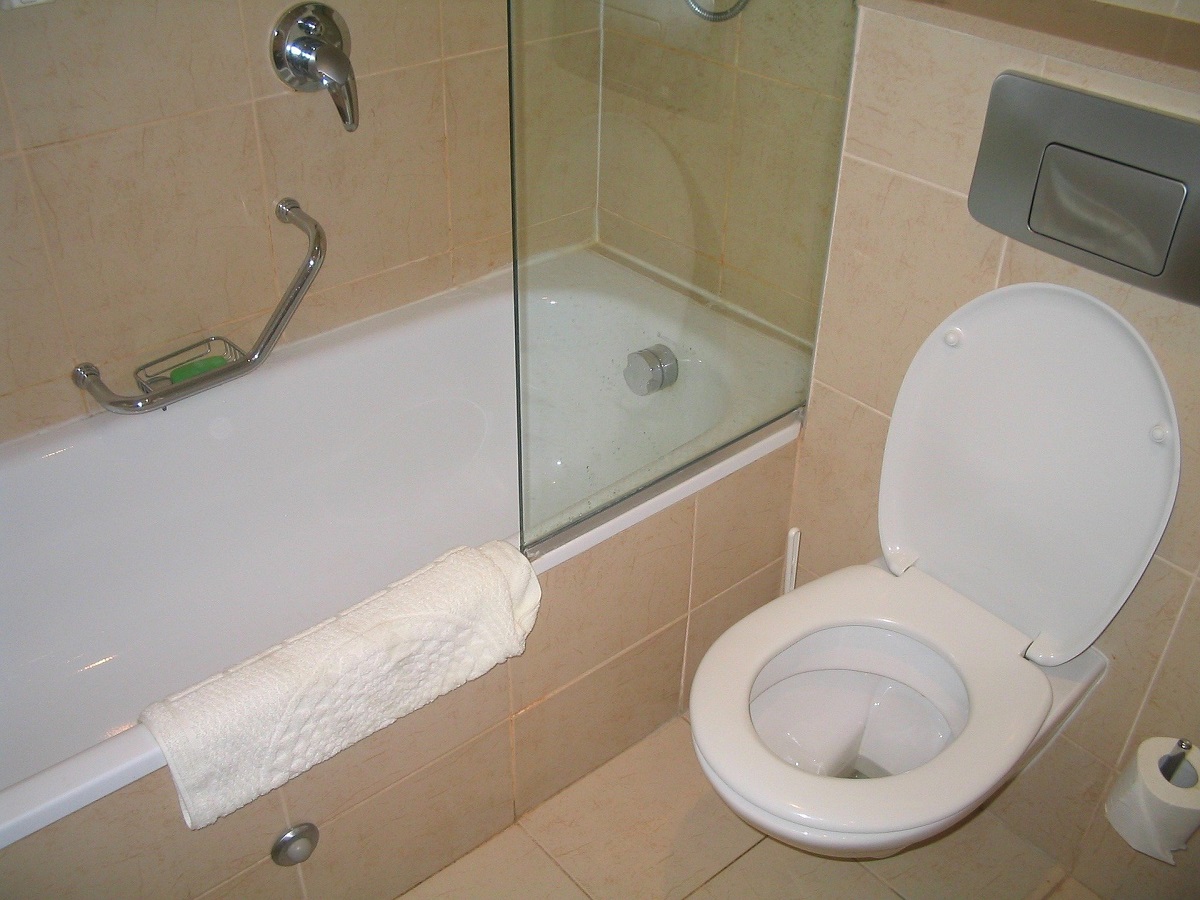
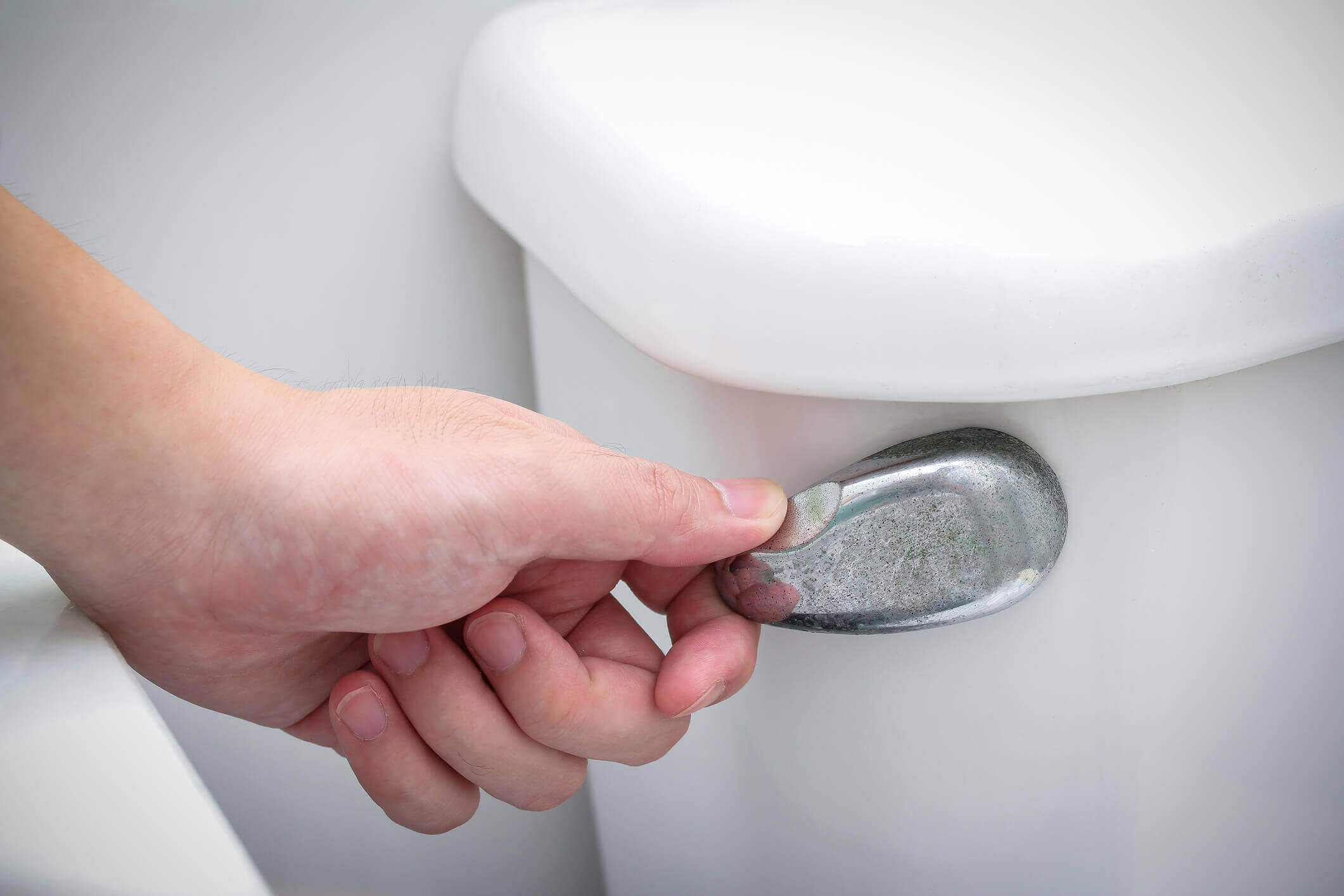
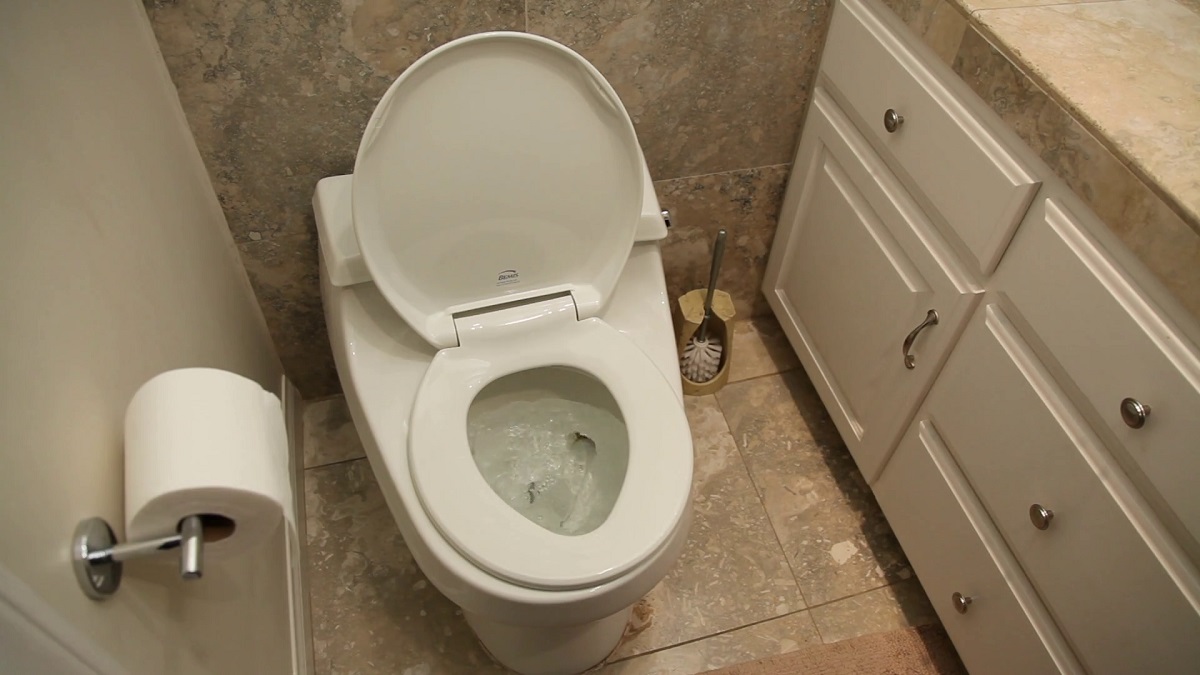
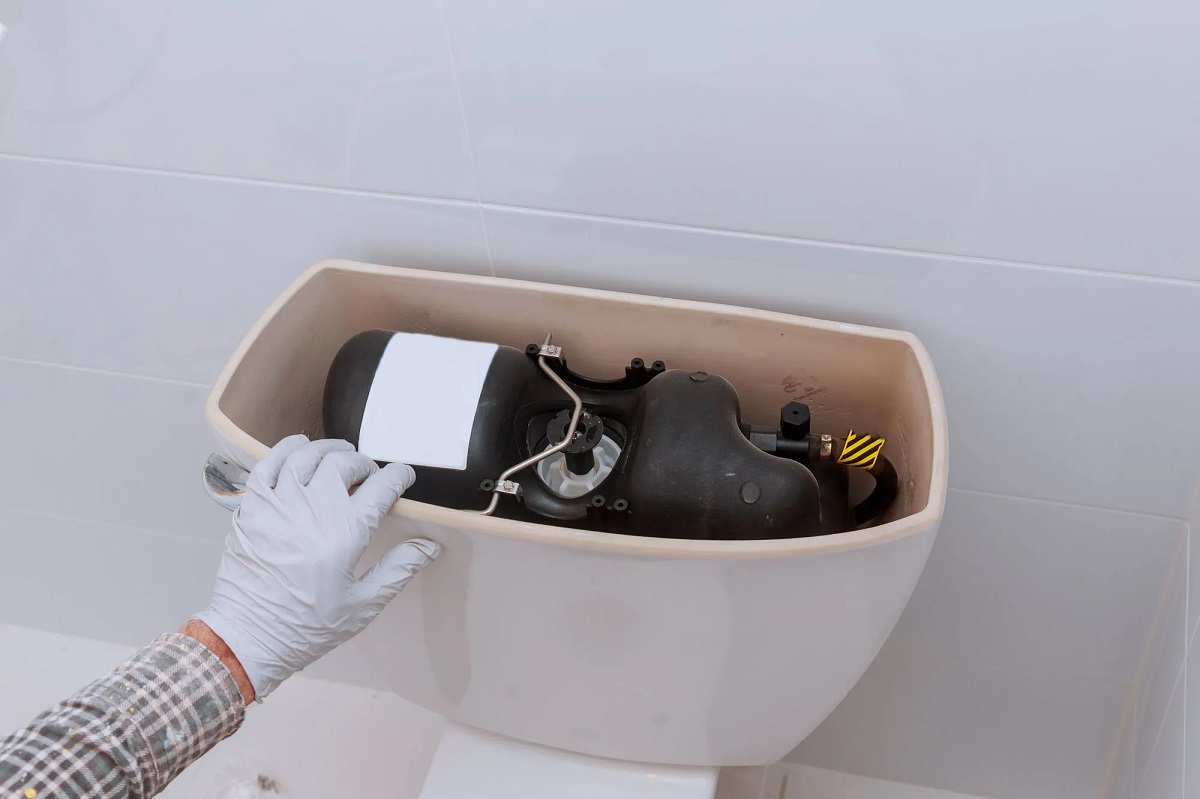
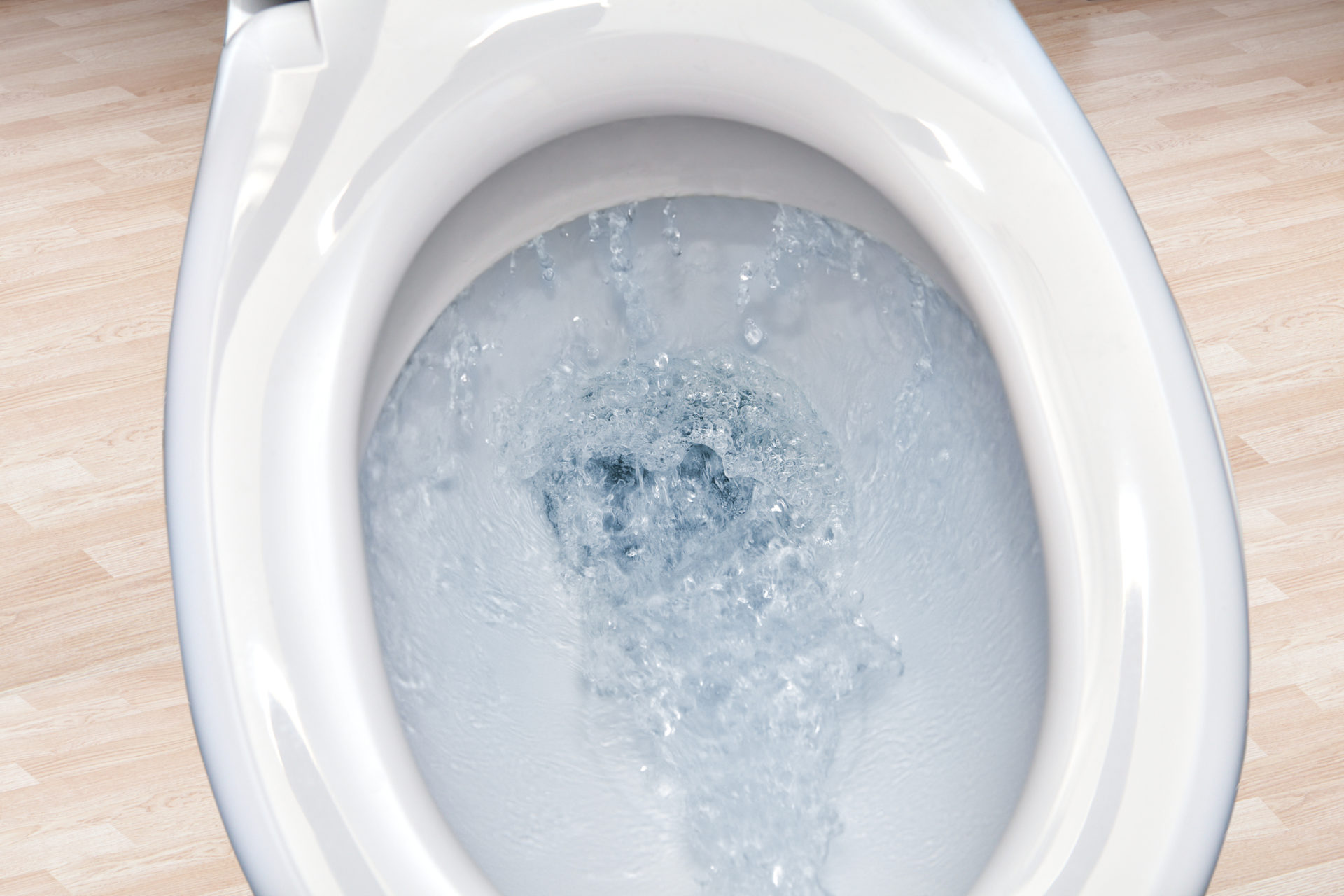
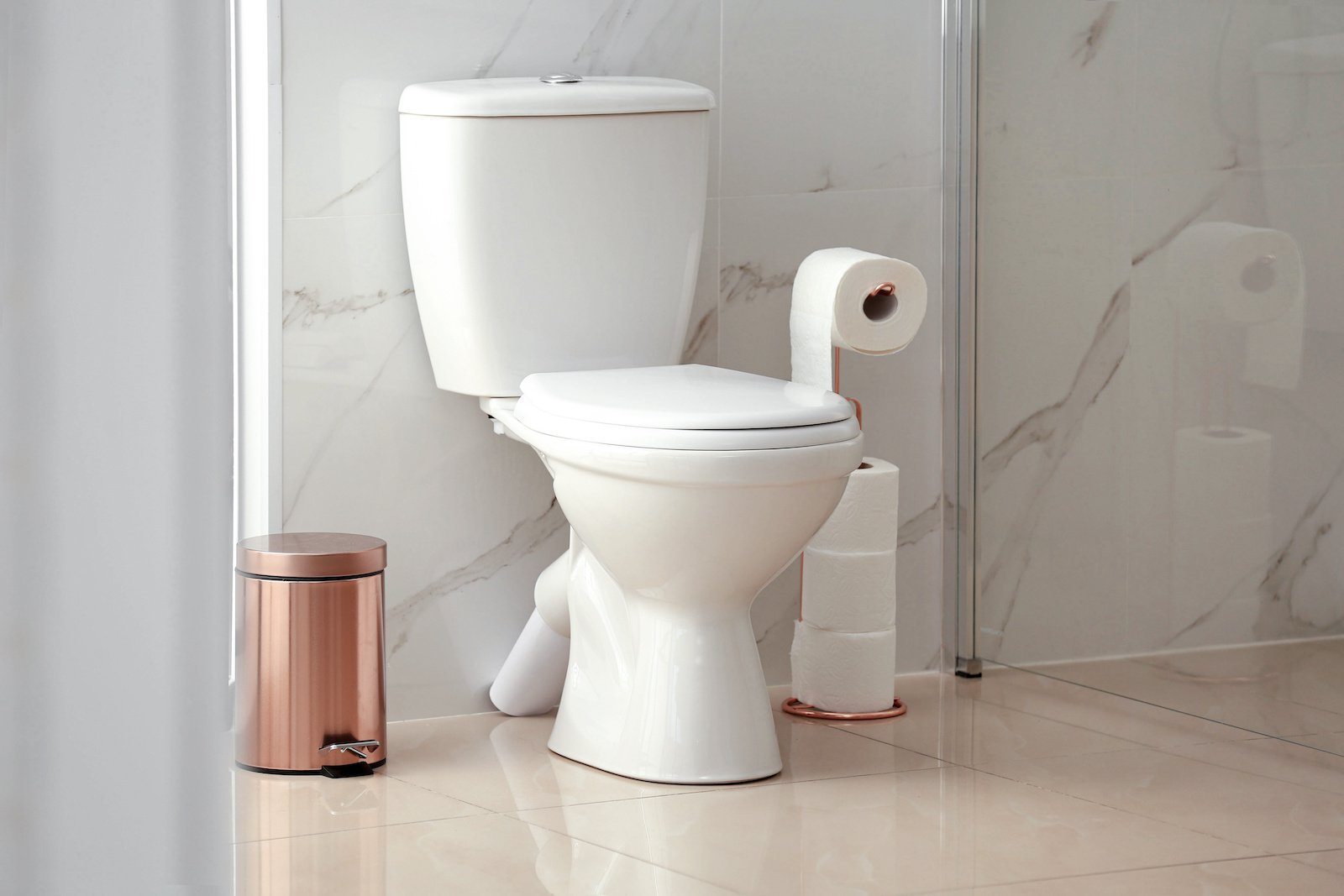
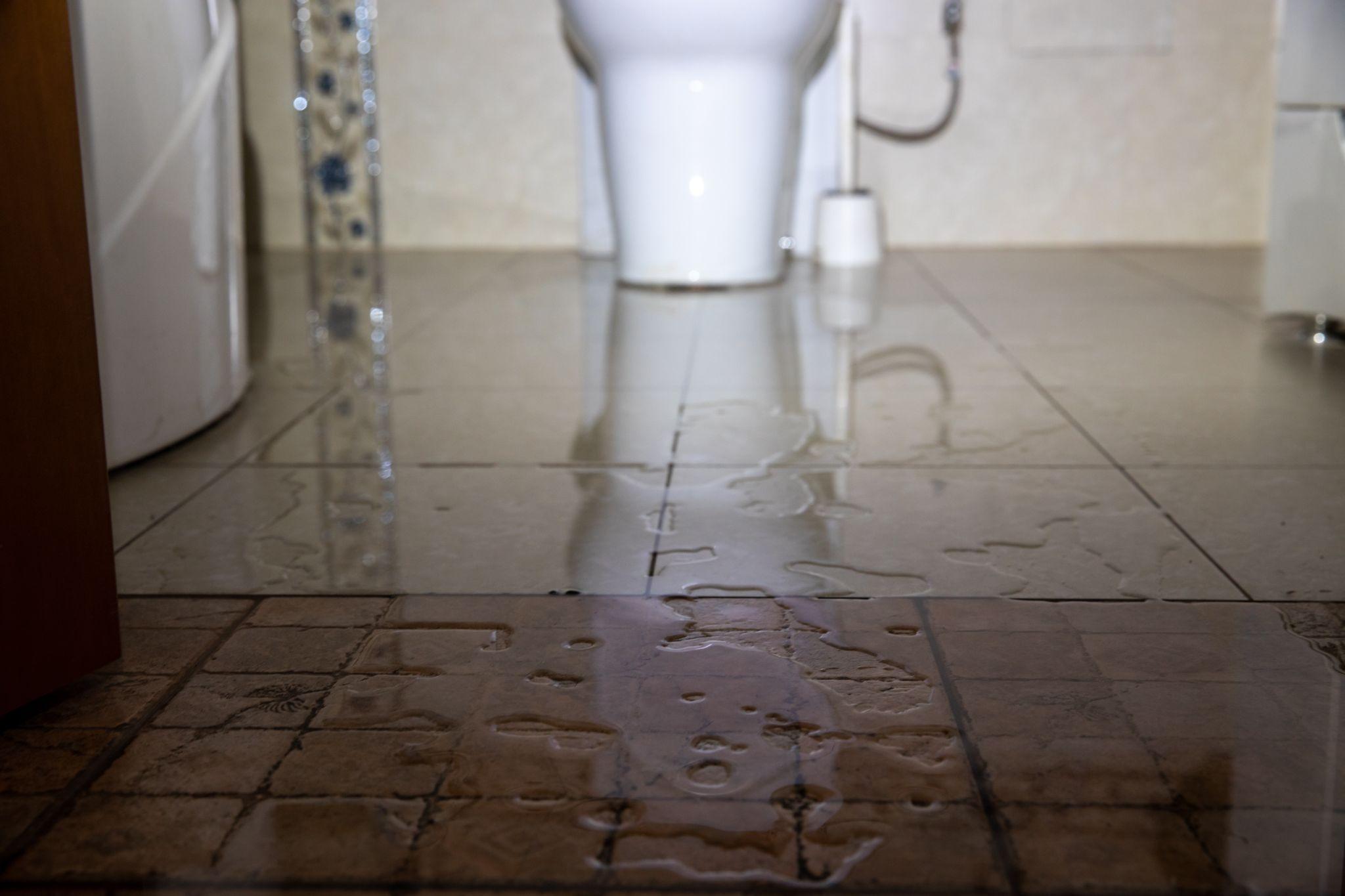


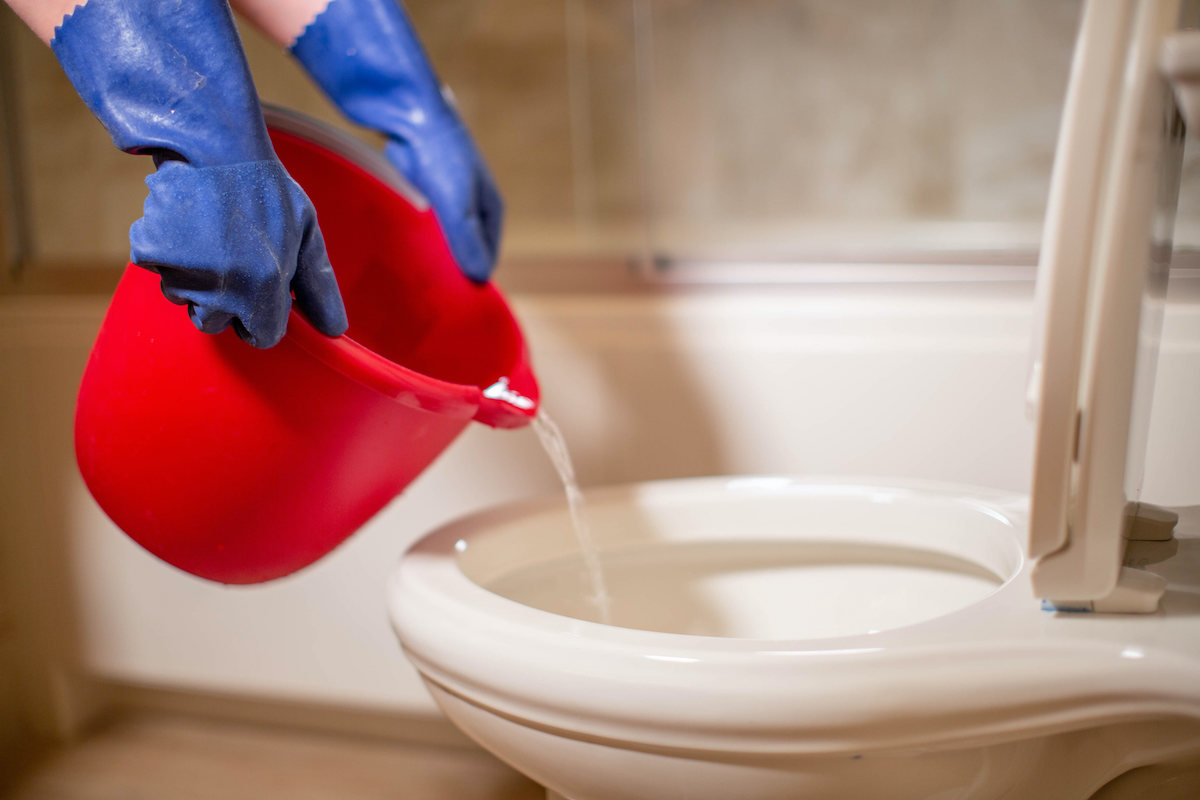
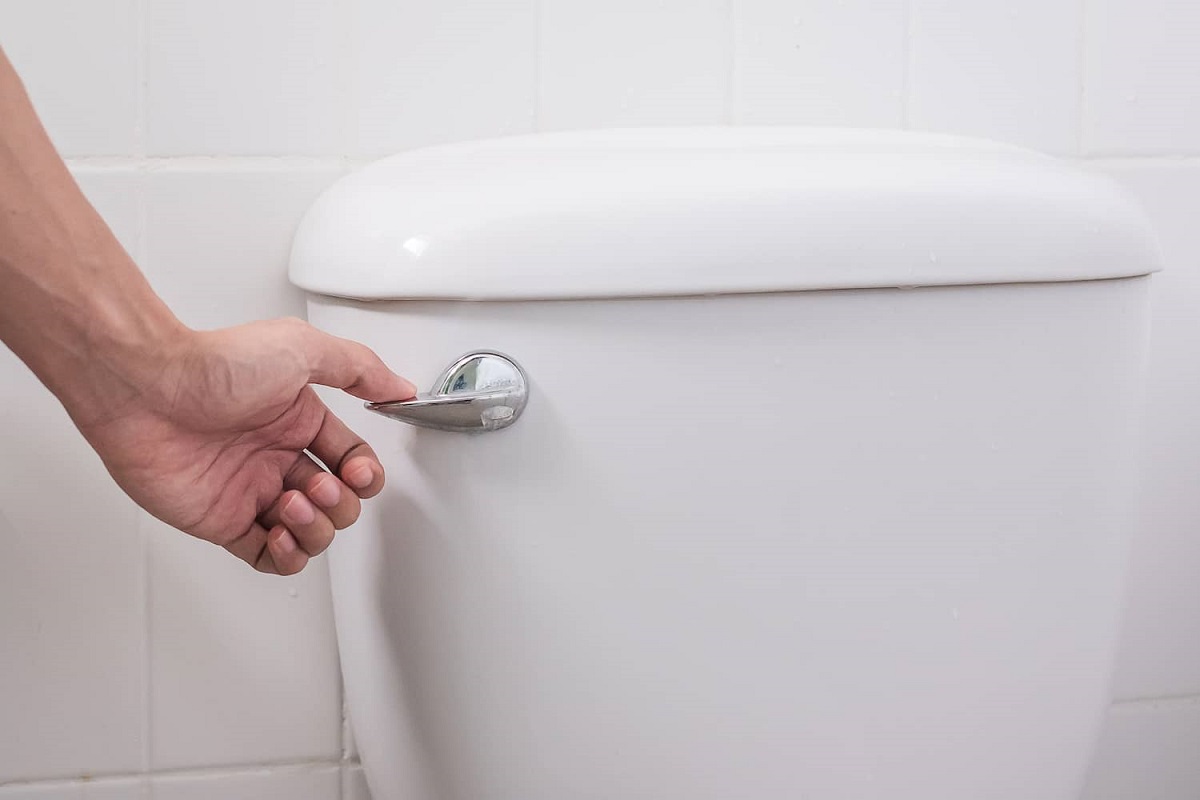
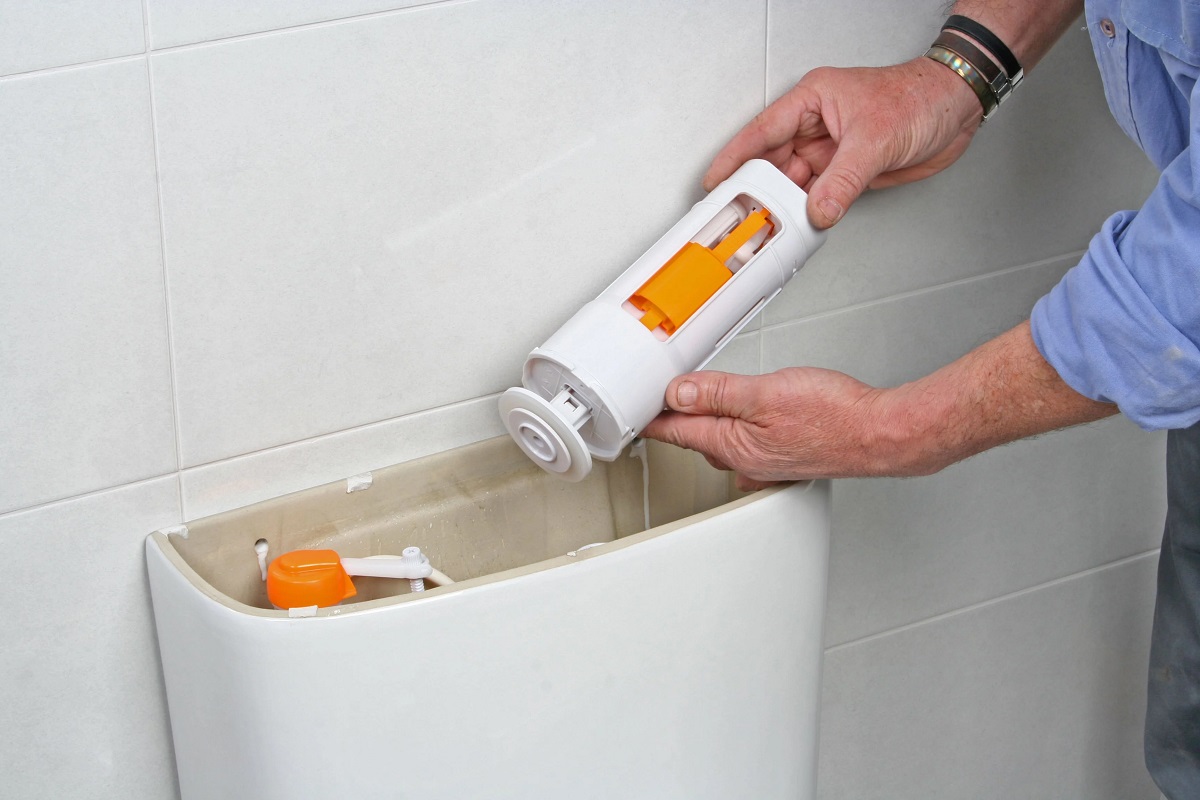
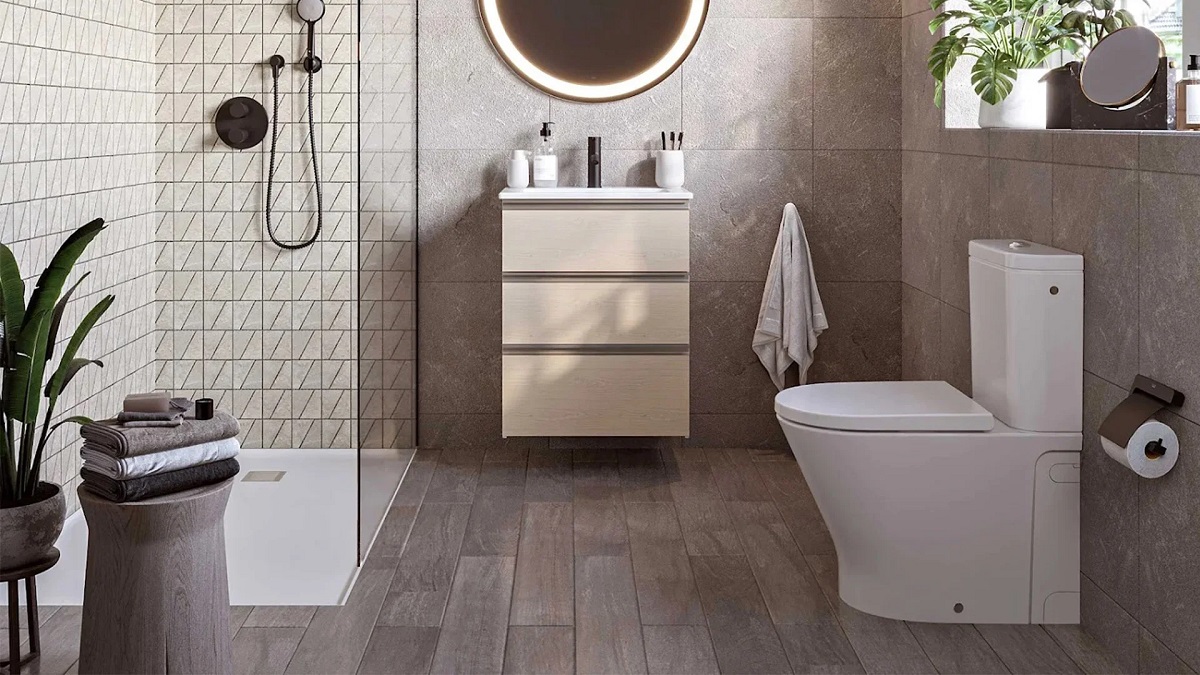
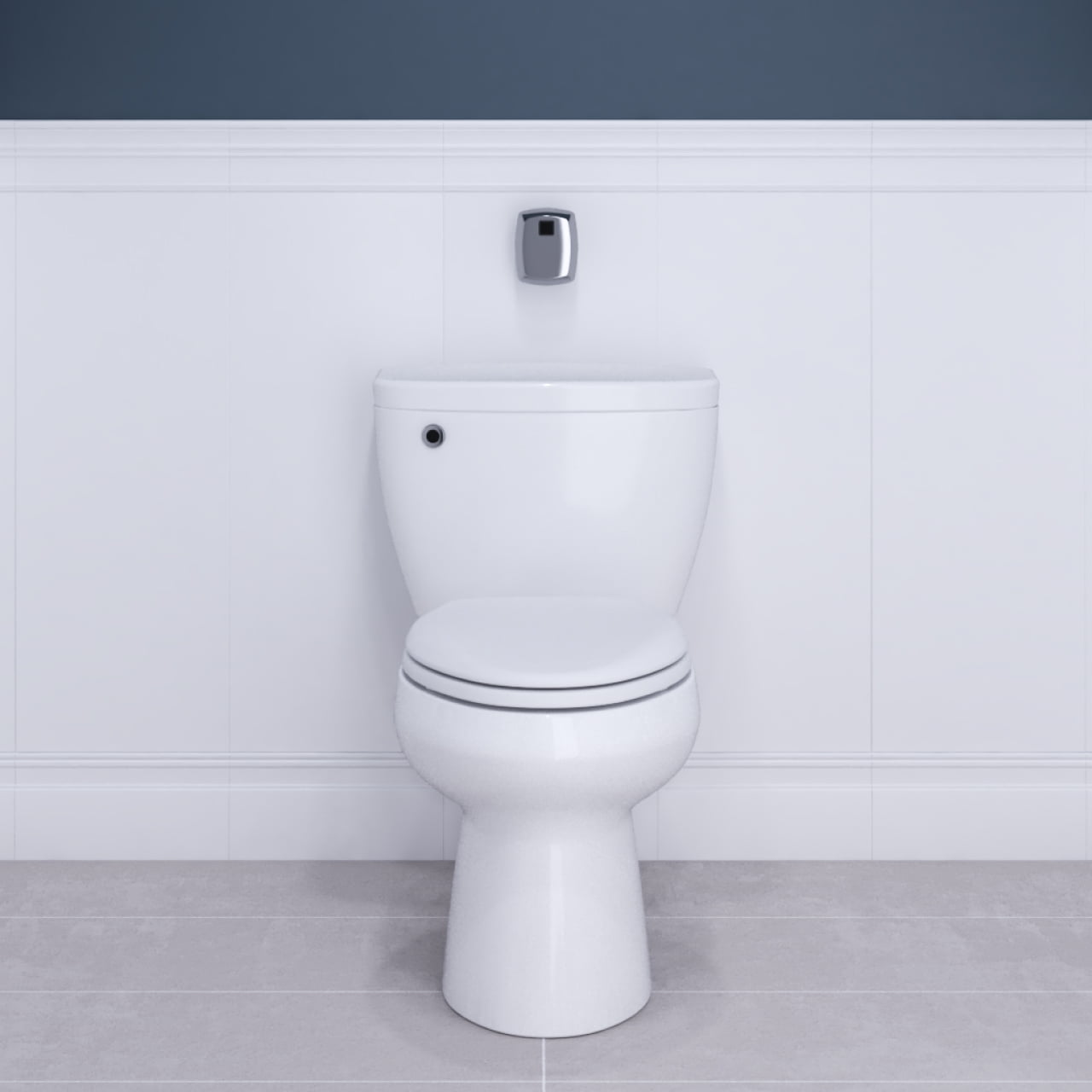

0 thoughts on “Toilet Sprays When Flushed”